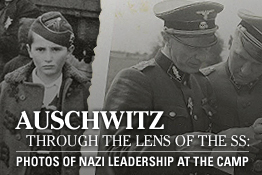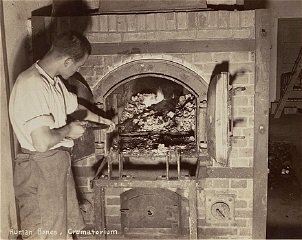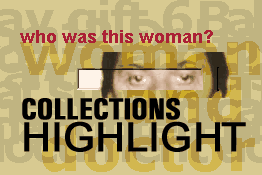“Everyone would believe my pictures”: The Legacy of Julien Bryan
In the 1930s, the American filmmaker Julien Bryan chronicled life in Poland and Nazi Germany. When Germany invaded Poland in September 1939, Bryan risked his life to record the ferocious siege of Warsaw, “People might not believe my story if I told it in words when I returned to America. Everyone would believe my pictures.”
More »

















